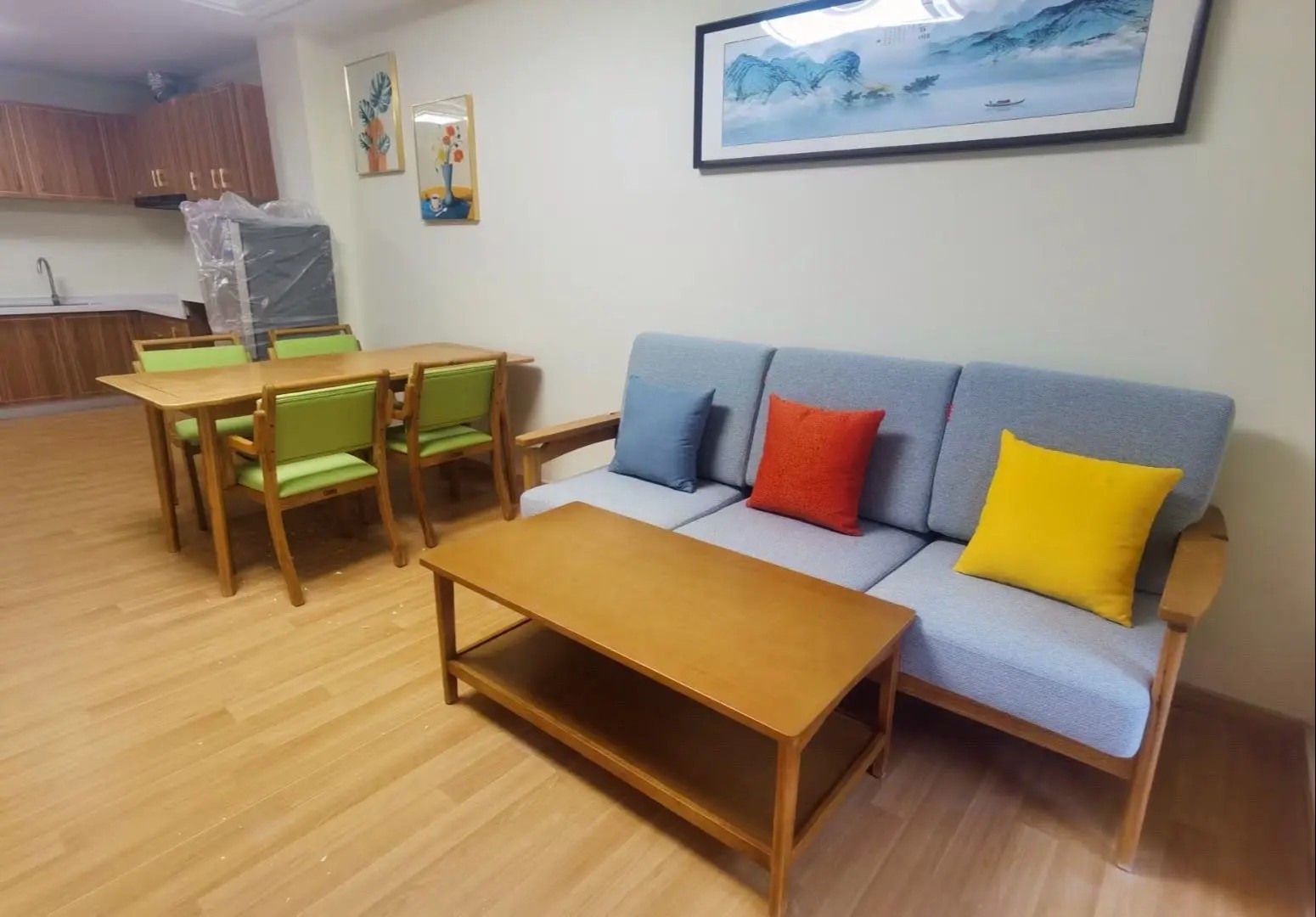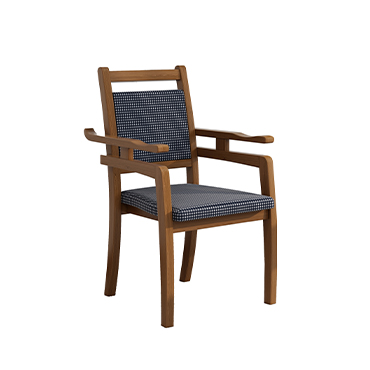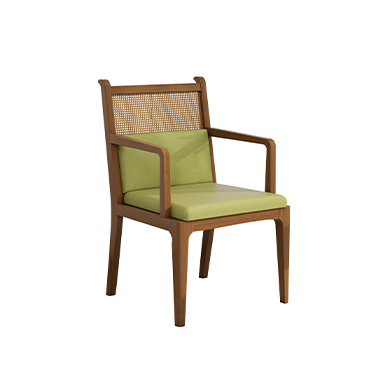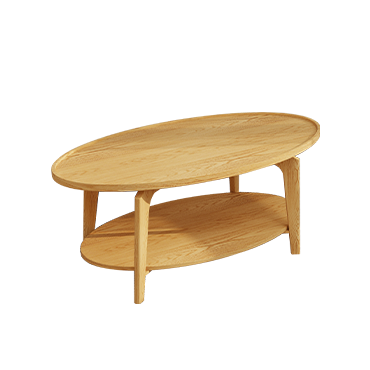5 Affordable Home Modifications to Make Aging in Place Safer and More Comfortable
If you ask most adults over 65 where they want to spend their later years, the answer is often the same: at home. According to the American Association of Retired Persons (AARP) “Home and Community Preferences Survey”, only about 10% of U.S. homes are fully prepared for aging in place. Fully prepared homes typically feature accessible entrances, first-floor bedrooms and bathrooms, and safety features such as grab bars and built-in shower seats.
This gap means that over 75% of older adults are living in homes that aren’t fully ready for their needs. The good news? There are simple and affordable changes you can make to improve safety and comfort at home. Here are four low-cost upgrades and one higher-cost improvement worth prioritizing.
1.Pay Attention to Flooring
Mark Hager, founder of AgeinPlace.com, emphasizes that safety starts from the ground up.
Remove small rugs: They can be tripping hazards. If you can’t remove them, secure them with non-slip rug tape or adhesive.
Consider transition strips: If carpets meet tile, vinyl, or wood, install angled transition strips to reduce tripping risks. These usually cost $10–$30, depending on material and length.
Ideally, keep floors flat and free of obstacles to reduce falls.
2.Improve Lighting
Good lighting enhances safety, vision, and mood, especially during winter months.
Maximize natural light by opening curtains and using light-colored walls.
Add mirrors to reflect light across rooms.
Install LED bulbs: They are energy-efficient, long-lasting, and can save hundreds of dollars over time.
Consider motion-sensor night lights along pathways from the bed to the bathroom.
Sensor LED strips under the bed can illuminate the floor when you get up at night.
Tip: Smart home connections are convenient but may be challenging for some older adults who struggle to remember voice commands.
3.Raise Furniture to Reduce Strain
Getting in and out of chairs, sofas, and beds can become harder with age.
Use furniture risers (starting around $15) to increase the height of chairs, sofas, or beds.
Ensure risers are sturdy and compatible with your furniture.
For a tailored solution, consult an occupational therapist to determine the ideal height for each piece.
4.Simplify and Declutter
Creating clear pathways around your home costs nothing but has a huge impact on safety.
Remove extra tables, shelves, or furniture that block walking paths.
Fewer obstacles reduce fall risks and make daily movement easier.
5.Prioritize Bathroom Safety
The bathroom is one of the most accident-prone areas in the home.
Install professional grab bars (not suction-cup types) near the toilet and inside the shower.
If budget allows, consider a bathroom renovation: replace a bathtub with a walk-in shower that includes a built-in seat and multiple grab bars.
A well-designed bathroom can extend your ability to live safely at home for many years, making it a worthwhile investment.
Tip: Occupational therapists can help you plan and safely install bathroom modifications.
By making these modifications—ranging from simple DIY adjustments to professional upgrades—you can create a safer, more comfortable environment that allows older adults to enjoy the home they love for years to come.





